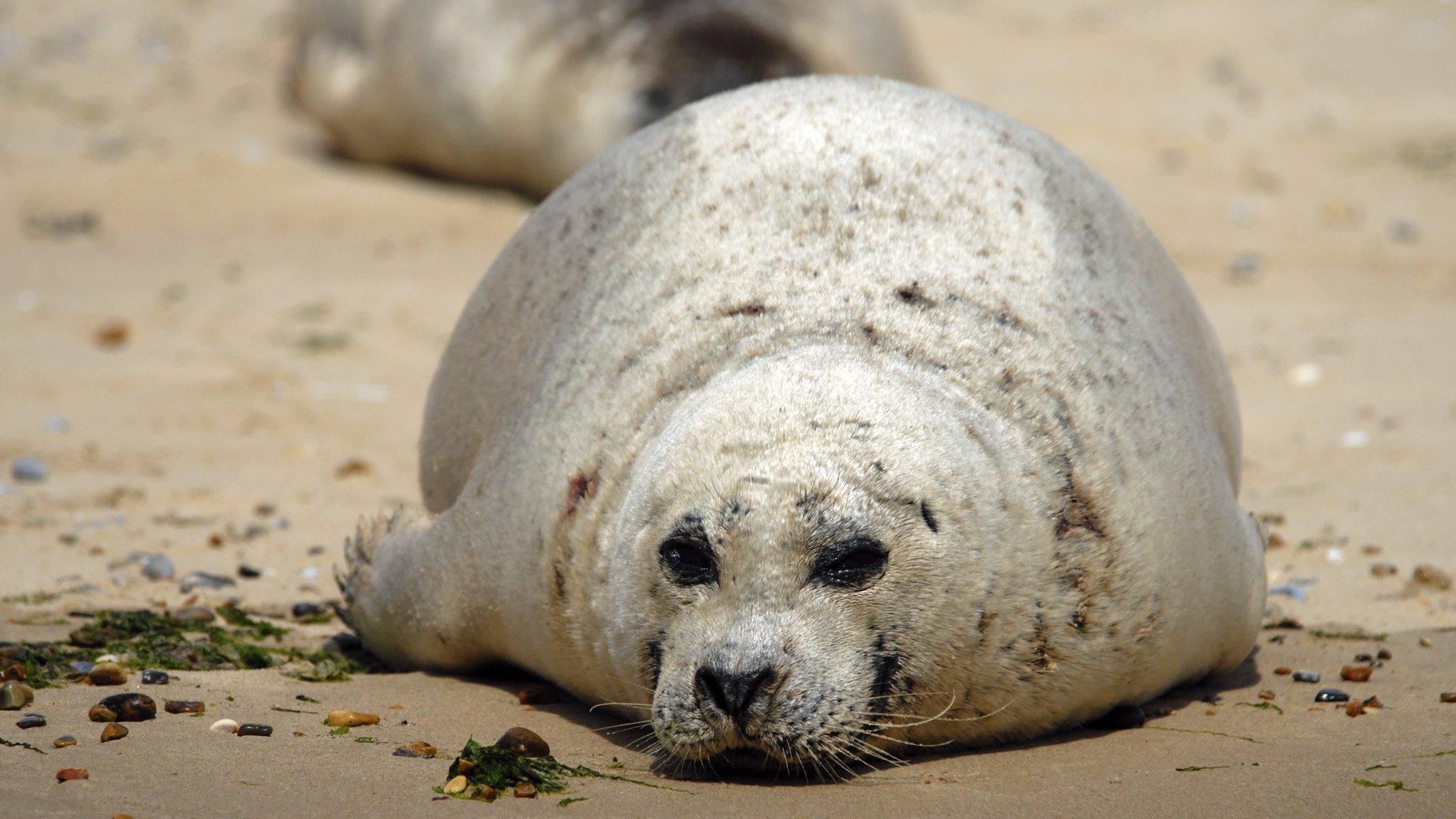Seal photographs being used in Orkney bid to stop decline
- Published
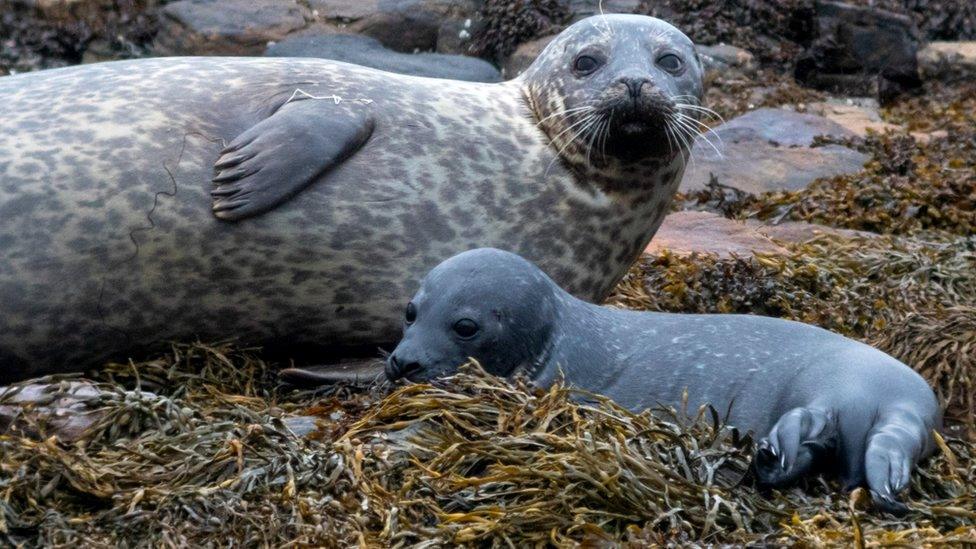
The catalogue is made up of full face,and side-on pictures showing each animal's unique facial patterns
Photographs of seals are being used at two sites in Orkney in a bid to stop a decline in numbers.
Latest figures show that populations of harbour, or common, seals in Orkney and down the Scottish east coast are declining fast.
In some areas, there has been a decrease of 85% since the mid 1990s.
A programme is now under way to try and identify individual seals, using unique facial markings, allowing scientists to track the animals year after year.
It is hoped this will allow the scientists to track the seals' survival, and see which females are breeding successfully.
John Dickens, from the Sea Mammal Research Unit at the University of St Andrews, told BBC Radio Orkney: "We've seen enormous declines in the number of harbour seals, which are also known as common seals, on the east and north coasts of Scotland, and around Orkney and Shetland, over the past 20 or 30 years."
Each new pup has unique markings on its fur.
"From that, we can then follow the seal through the course of its life," Mr Dickens said.

A powerful telescope means John Dickens from the Sea Mammal Research Unit can get photographs without disturbing the seals
"So by taking photographs of those individuals, we can see who's coming back year on year, we can see which mums are giving birth every year, and we can get an estimate of the survival rate of these animals."
He added that the patterns would remain the same throughout the animal's life.
"I've been lucky enough to witness four births during the course of this season. And the pups are born with those patterns," he said.
"So, being there for the births, I got pictures of the pups within seconds of being born.
"And that pattern will not change over the course of the animal's lifetime."

The unique spot patterns in the fur will stay the same throughout the seal's life, allowing individuals to be recognised and tracked
Currently, researchers have to manually search a photographic catalogue to try and find a match.
But it is hoped the process will be automated in the future.
"Image recognition and computer learning are advancing so rapidly, so we are working on various programs that will gradually, in time, replace the manual effort of going through every single photograph, and trying to identify who's who," he said.
- Published24 June 2021
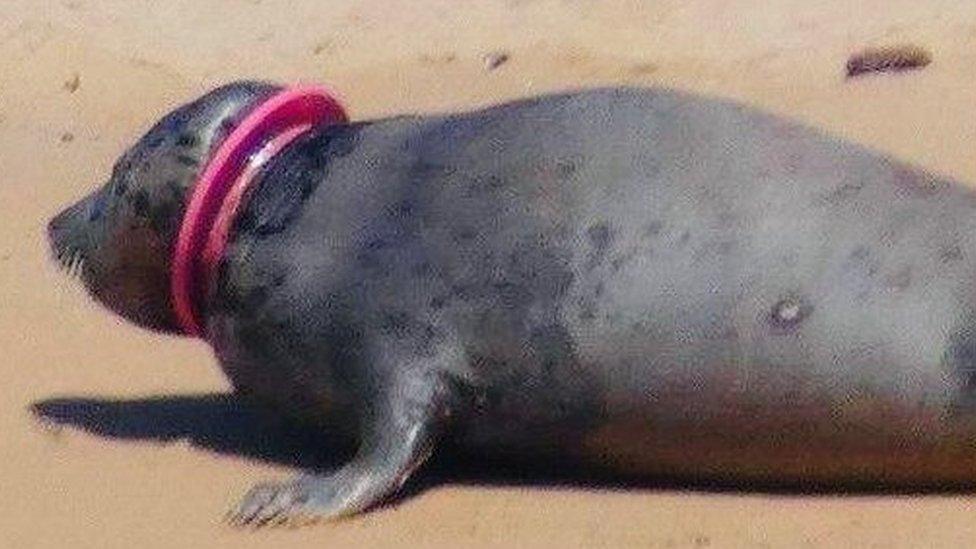
- Published10 December 2020
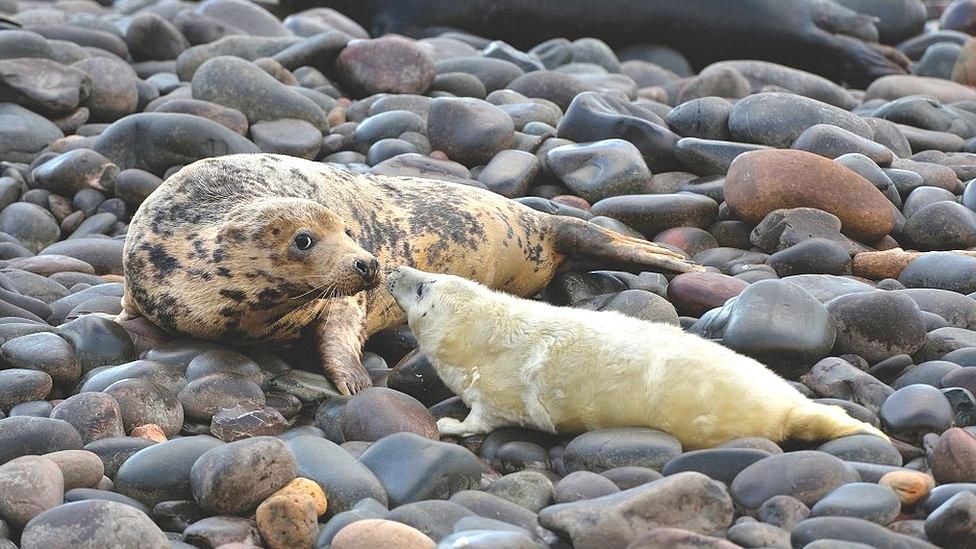
- Published13 January 2021
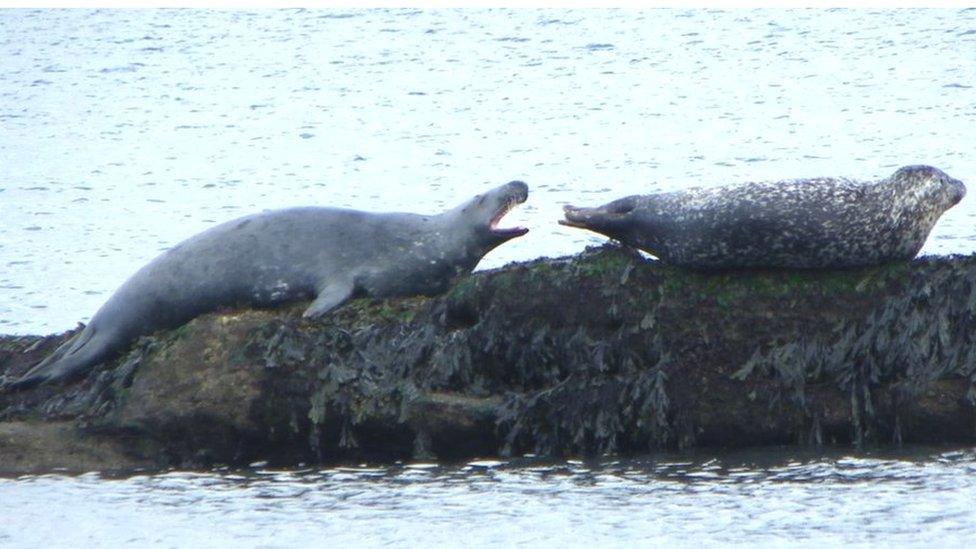
- Published11 November 2015
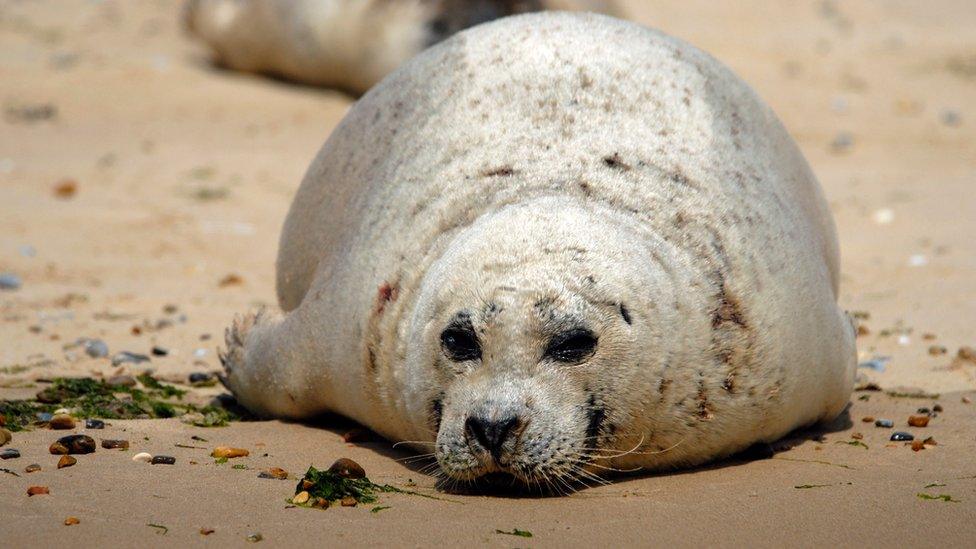
- Published20 August 2014
